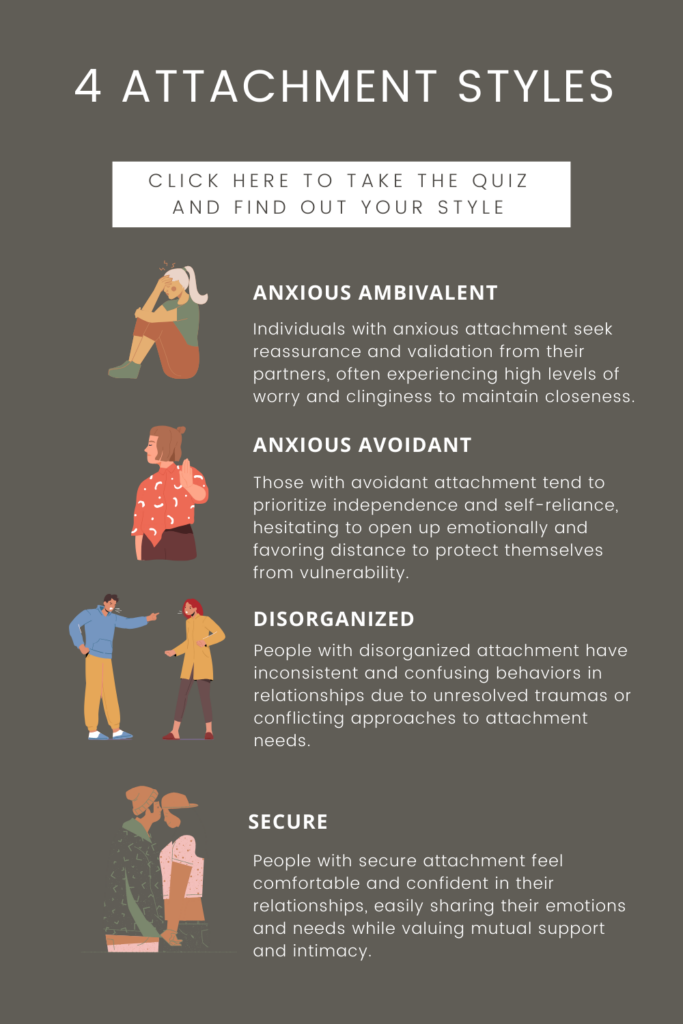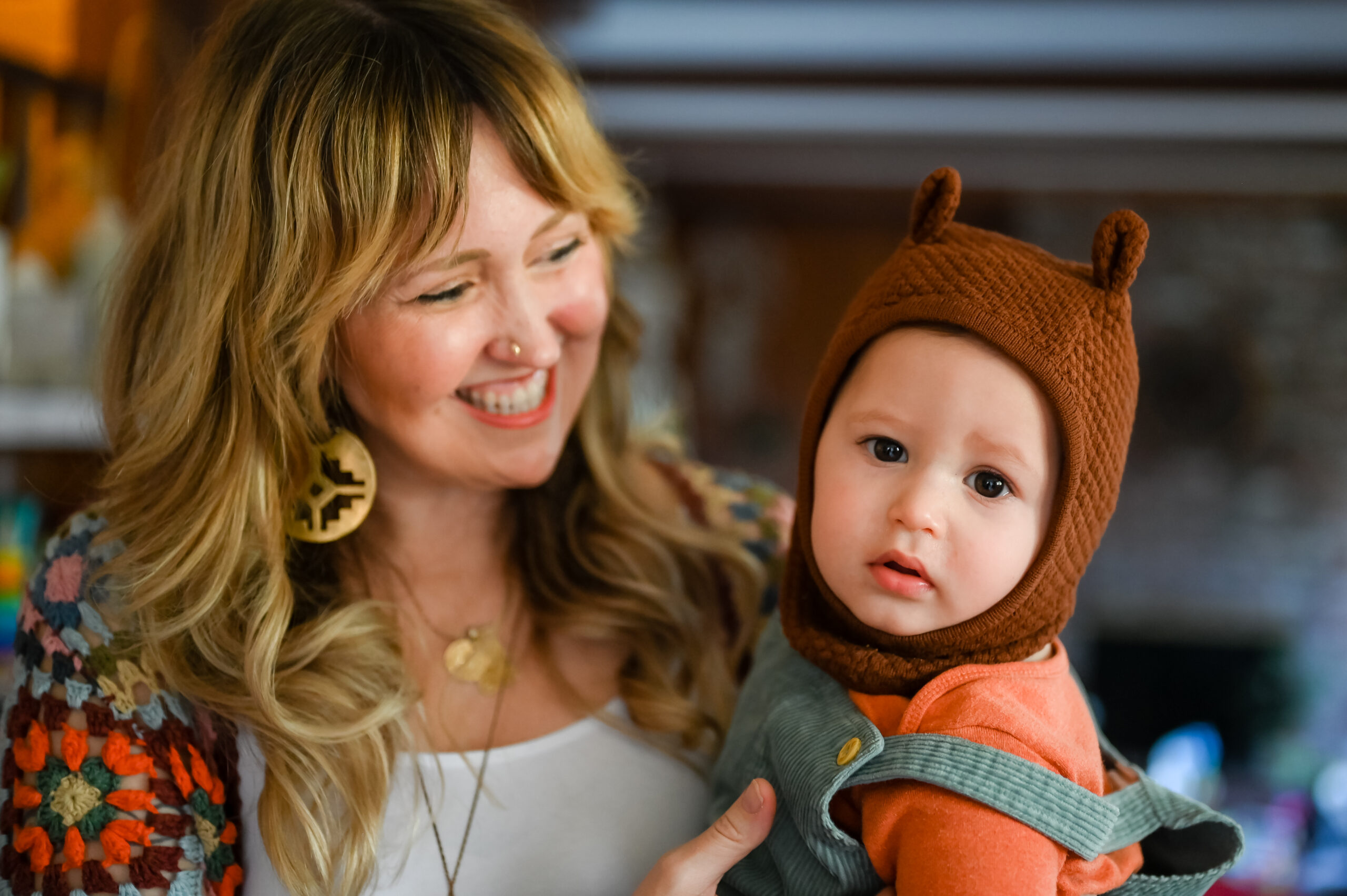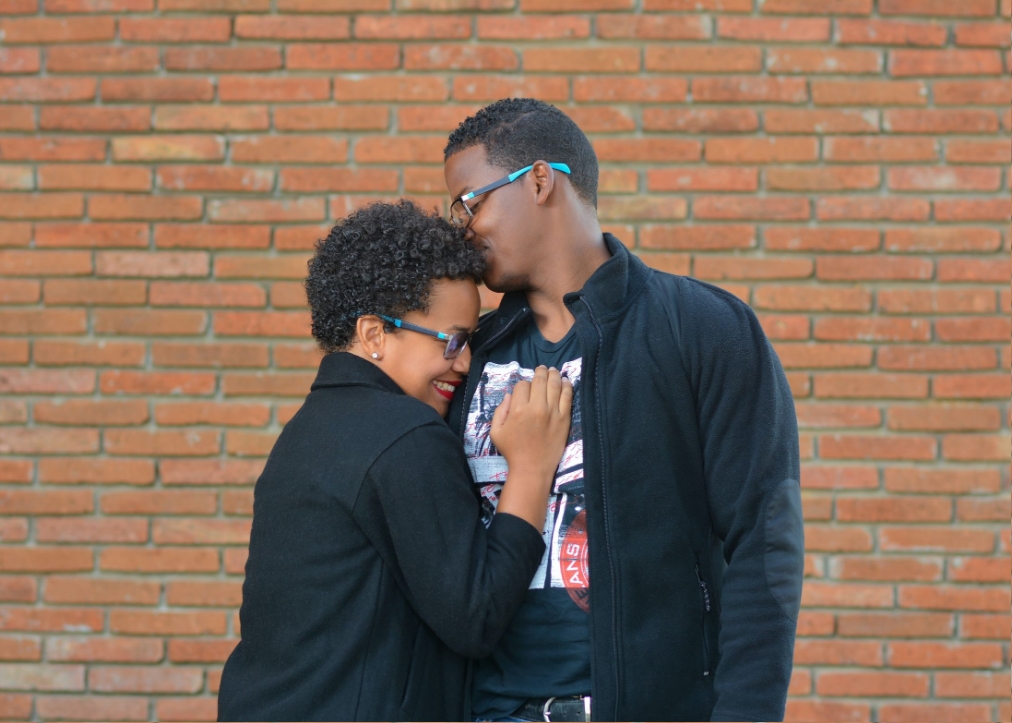Knowing your attachment style can be incredibly helpful in any relationship, but especially in your romantic ones. Attachment styles are how we learn to relate to the people we care about, formed by how our parents/caregivers treated our emotional and physical well-being when we were young. Anxious attachment is one of the 4 different attachment styles.
If you have an anxious attachment style, you probably learned from aloof or often absent caregivers that to get love, you need to be constantly vigilant, control your environment, and keep others very close to you.
When your loved ones leave or need space, you have a strong anxiety reaction and feel abandoned. You tend to take things personally and blame yourself if things go sour.
Having an anxious attachment style can be difficult as you’re usually the one reaching out to repair and keep the attachment intact. You might feel ashamed for wanting love so badly, and that your emotions are so big.
What’s also difficult is that when you are anxiously attached, you are often doing behaviors unconsciously that sabotage your relationship goals. I call these your “Pitfall Parts”.
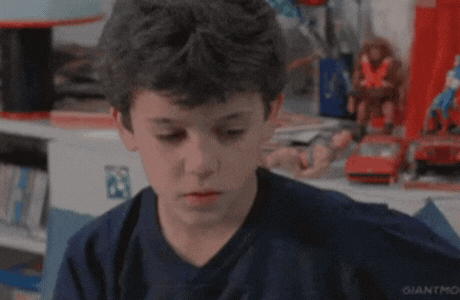
Luckily, you can get securely attached, and the love and relationships you are hoping for are possible.
Here are some great tips that I’ve used with clients that can help you be more securely attached, and alleviate some of your anxiety:
1. Learn how you use other people to calm your emotions.
If you have an anxious attachment style, you likely struggle with big emotions and anxiety, but don’t have many tools to help yourself feel better besides talking with other people. In my course From Anxious to Secure I call this pitfall part “The Talker”. If you’re in a romantic relationship, you likely expect your partner to be on the receiving end of these talks because a) your anxiety is largely about them, and b) they’re close by, trusted, and care about you.
One very important way that you can help yourself is to start distinguishing between wanting to connect and wanting to soothe your emotions.
Ask yourself a few questions before you reach out to your partner or another trusted friend to talk. What are you feeling in this moment? Are you feeling insecure, shaky, or overwhelmed with anxiety or feeling? Or are you feeling calm, curious, and non-defensive?
If you’re feeling anxious and overwhelmed with the need to talk to feel better, you’re probably trying to regulate your emotions with someone else, rather than reaching out to connect.
Try asking yourself, “Who is the best person to talk to for this?” This could be a friend or a relative, or even your partner. However, be careful to not rely only on your partner to help you regulate and calm down. It can also be very helpful to see a therapist who can help you find better self-regulation strategies and self-reliance.
“Notice how much you talk at your partner”
When you are taking with your partner, notice how much you talk at them versus connect with them. When you feel anxious, part of your coping strategy is to regulate by talking to other people, as mentioned above.
But sometimes that doesn’t look like a conversation — it’s more of a venting session where you word-vomit your anxiety onto someone else. Did you check to see if that person is ready to listen to you? Do they have the time or energy to support you?
You may feel slightly better afterwards, as you got to let some worry out, but did you give the person in front of you space to respond?
When you vent at someone, you miss the connection and security that comes from being in a mutually satisfying relationship. The person you vent to often feels like their feelings don’t matter as much as yours, and they don’t really get to show up and be themselves in a conversation with you.
If you’re feeling particularly anxious, ask your friend or partner if you can vent for a specific amount of time, and be sure to stick to it (set a timer if necessary). Then, be sure to reciprocate. Ask questions about them, be curious about their life and struggles, too, and listen without turning the conversation back to your problems.
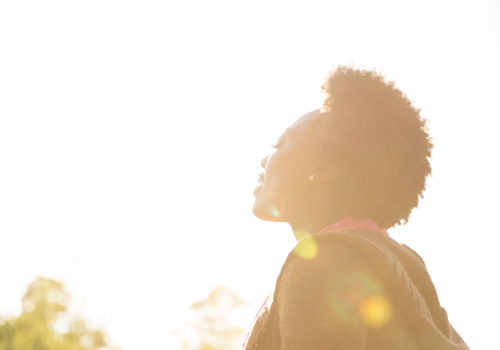
2. Re-Source Yourself.
The second thing you can do is to resource yourself. You will often hear therapists or healers talk about “getting people resourced”. If you look up the word resource, it can be thought of as either the material assets that help you function effectively or actions and strategies that help you act in adverse circumstances.
When someone is not resourced, they are not able to function well in adversity. Specifically with Anxious Attachment, people can be emotionally under resourced. When you are anxiously attached, there are 2 fundamental wounds. You will often experience yourself as “not enough” or “too much” and you will also feel like there is not enough support available to you.
With anxious attachment, you can feel like you are “too much” or that you “can’t get enough support”
In order to become securely attached you will need to connect back with the larger truth of who you are, and the larger truth of how much support is available to you. I call reconnecting with those truths “re-sourcing” yourself.
See, because the truth is that you are actually more amazing than you probably think you are.

There are many ways to connect with the truth of who you are, (someone who is good, worthy, powerful and deserving of love). One way to get in touch with that truth is to imagine a very wise person sitting with you. Imagine this wise person looking at you and expressing to you the truth of who you are.
In that simple exercise, you will likely imagine the wise person reflecting a bigger truth back to you than you usually experience.
The second thing that re-sourcing does is to help you see that support is available all the time. You may not get it from the particular person you are wanting to experience it from right in this moment, but at any time you can feel supported, seen and filled up. Once you are resourced and supported, you relate in relationship in a more secure way.

3. Release the disappointment from the past.
Those with an anxious attachment style become anxious because one or both of their parents were often inattentive to basic emotional and/or physical needs, or because they were let down and not supported in significant romantic relationships. We humans bring the lessons we learned in the past into the present, to try and avoid that pain in our current relationships.
But sometimes, those lessons and tactics that were helpful when you were little are not helpful anymore. As I said before, we can build strategies that later sabotage us in relationship. You may try ineffectively to keep yourself safe by controlling or worrying about outcomes, and that worrying or controlling negatively affect your relationships.
So how can I fix my attachment style??
What is needed is to heal and let go of those previous disappointments from the past, so that you can accurately assess what’s happening in the present. When you are anxiously attached, it can be hard to know “how much is this me, vs how much is it my partner?”
“It can be hard to know: How much is me vs
How much is it my partner?”
This is a hard question and my clients ask me this all the time. Help! Is it me? Is it my partner? Who’s fault is all this misery. Maybe it’s Jan’s fault!

One of the ways you can be sure that it’s not you, is to do healing on your past wounds, and my favorite way to do that is through EMDR. I like using EMDR because it is the fastest way I have found to release pain from the body and introduce new supportive beliefs.
If you are unsure about how much your past is affecting your current relationships, ask yourself if anything happening in your current relationships mirrors either what you experienced as a child or what your parents were playing out.

4. Recognize when someone is securely attached and what they do.
If you have an anxious attachment style, you’re likely drawn to avoidant attachers, as you each remind the other of a familiar (and often dysfunctional) home environment. This also happens because what is comfortable in relationship is a certain level (or proximity) of closeness. It’s especially important that you’re aware of what is and isn’t secure attachment when you choose new partners.
Some things that secure functioning people do in relationship are:
- Communicate when they are upset in a grounded and clear way.
- Lean into the relationship when stressed, and provide great support to their partners when stressed.
- Communicate that they want to be with you and when they want to see you next.
- Enjoy spending time together as a couple and prioritize it.
The good news is that even if you are not in a secure relationship, relationships can become secure.

The bad news is that it can take a while for the relationship to become more secure.

Yeah, shifting attachment dynamics in relationships can be slow….So if you are single, you will want to know all of the signs for what a securely attached person looks like when dating.
Also, you will want to know what helps YOU feel secure in a relationship. Be sure to create good boundaries around those things. For example, do you need daily communication? Do you need to have a lot of cuddles? When you get in a fight and your partner needs space, do you need to hear a definitive time when your partner will reengage?
It’s okay to ask for what you need, and to be open and honest about wanting security. Begin to recognize what secure relationships look like and what practices create those secure relationships.
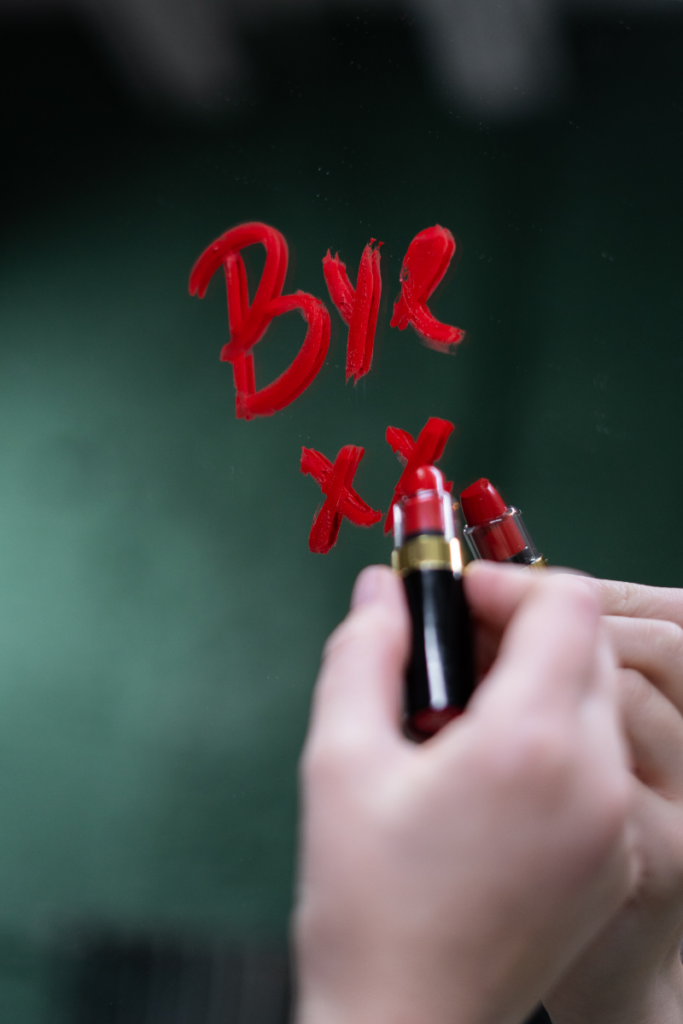
5. Let go of relationships when your needs for security are not being met.
One large part of having an anxious attachment style is the fear of abandonment. The thought of your partner leaving is untenable and terrifying, so even if your needs and boundaries are being ignored, you may stay in the relationship and try to fix things over and over because you think nothing else is around the corner.
The fear of being alone can be excruciating for those with an anxious attachment style, as partnership (however difficult) still provides some relief from anxiety.
But partnering with someone who doesn’t respect your needs and boundaries can make your anxiety worse.
And, one of the biggest ways that folks with anxious attachment sabotogue relationships is through ambivalence around their needs. In fact, that’s why this attachment style is called “Anxious Ambivalent Attachment.”
Breaking up can take bravery, but being alone can be easier and more relaxing than continuing to throw yourself under the bus. Let go of relationships that are not working for you, and you can soon be in a secure relationship with a partner who is a real fit for you.
I hope this article has been helpful for you! If you’d like more tips to support anxious attachment, I would encourage you to check out my free ebook that has 35 antidotes for anxious attachment.
How’d you get all the way down here?
Here’s a meme to reward your dedication to personal growth!
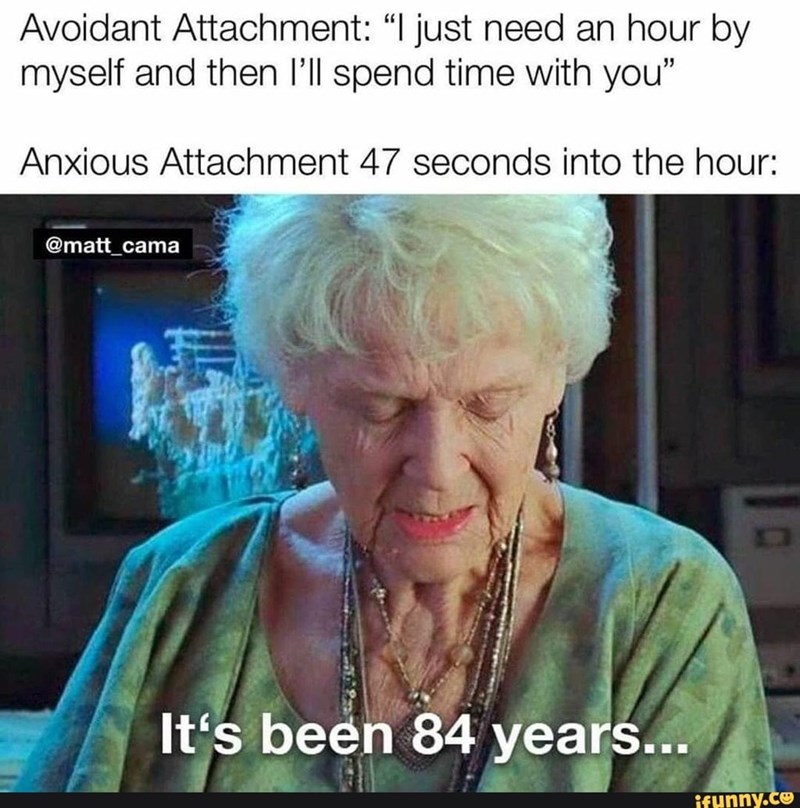
Also, if you want to jump start and really work on this now, I invite you to check out my free Masterclass on the secrets to healing anxious attachment.

